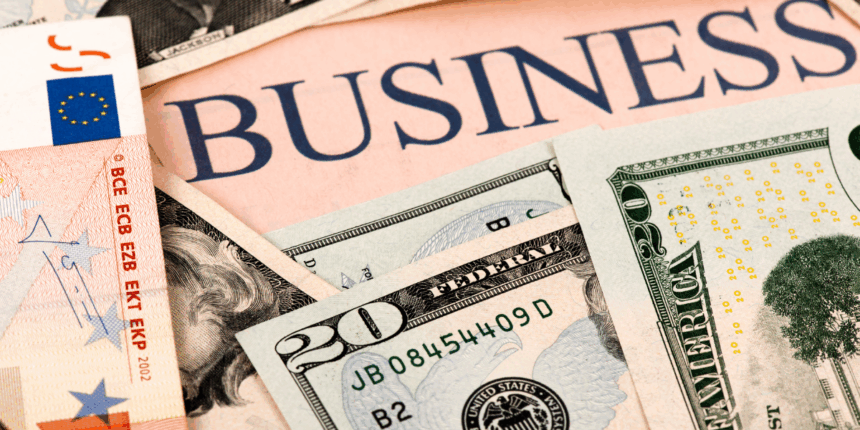Reverse logistics is catalyzing shifts in retail dynamics due to recent U.S. tariff changes. The tariffs, which increase the cost of new goods, inadvertently make returned items more appealing as these have already had tariffs settled. In turn, businesses are prioritizing the swift reintegration of returned goods into the market. Consumers’ growing preference for secondhand products plays a vital role in this cycle. Additionally, as online shoppers continue returning unwanted items bought in various sizes, the demand for efficient reverse logistics mounts. This evolution in consumer behavior and logistics strategy is crucial for retailers seeking to maintain competitive pricing and customer satisfaction.
Recent evaluations highlight how secondhand goods sellers stand to gain. Previously, predictions indicated that these sellers would flourish as tariffs elevate new goods’ prices. These businesses attract price-conscious shoppers and individuals intending to sell unused items while offering competitive pricing compared to new imports. ThredUP, a dominant player in the online resale market, exemplifies this trend through its promising financial performance and strategic foresight. CEO James Reinhart emphasized that tariffs could fortify customers’ interest in secondhand apparel by curbing new clothing production and inflating its costs.
How Are Retailers Adapting?
Retailers are employing varied strategies to counteract tariff-related cost pressures. Some companies experiment with product tiering systems, offering goods classified as “good, better, best.” This strategy allows them to manage consumer expectations while adapting to the economic landscape changes brought about by tariffs. Such adaptability ensures businesses sustain consumer engagement and bolster their market positioning despite increasing pressures.
Can Consumers Maintain Buying Habits?
Many consumers are altering their purchasing behaviors thanks to the rising costs spurred by tariffs. More than eight out of ten individuals are actively taking measures to diminish tariffs’ financial impact. Common strategies include shopping less frequently, prioritizing discounts, or switching to secondhand goods. These behavioral shifts underline the necessity for retailers to adapt their offerings and marketing approaches to match consumers’ evolving priorities.
A recent PYMNTS Intelligence report mentioned that nearly half of U.S. shoppers expect tariffs to push prices higher at a rate double that of current inflation. This sentiment highlights the widespread awareness and concern among consumers regarding potential price hikes, motivating many to preemptively adjust their spending habits. Such behavior accentuates the importance of strategic adaptability within the retail sector.
The present interest in reverse logistics aligns with broader trends in sustainability and efficient resource use. Previously, reports highlighted similar shifts, indicating an ongoing reassessment of value and resource management in retail. The current situation reinforces these trends as tariffs motivate businesses and consumers alike to reassess and optimize their use of goods. This integration of economic and environmental considerations marks a pivotal shift in retail strategy and consumer behavior.
For retailers, adapting to these conditions requires innovative thinking and embracing shifts in consumer preferences. Prioritizing efficient reverse logistics and secondhand goods can contribute to economic resilience. However, maintaining an understanding of consumer behavior and perceptions remains crucial. As tariffs continue to influence the market, remaining agile and responsive could spell the difference between adaptation and obsolescence.










